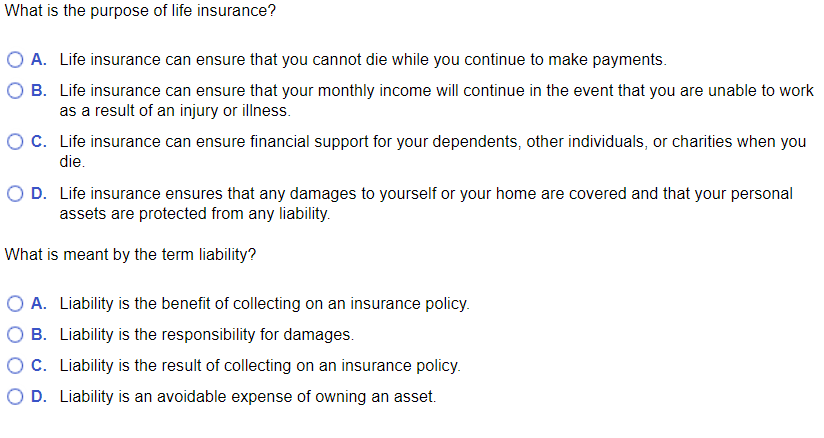Some Known Facts About Pacific Prime.
Table of ContentsIndicators on Pacific Prime You Should KnowLittle Known Facts About Pacific Prime.Pacific Prime Fundamentals ExplainedWhat Does Pacific Prime Do?Pacific Prime Fundamentals Explained

This is due to the fact that the data were collected for a period of solid financial performance. Of the estimated 42 million individuals who were uninsured, all however concerning 420,000 (about 1 percent) were under 65 years of age, the age at which most Americans come to be qualified for Medicare; 32 million were grownups in between ages 18 and 65, about 19 percent of all grownups in this age; and 10 million were kids under 18 years old, about 13.9 percent of all kids (Mills, 2000).
These quotes of the variety of individuals without insurance are created from the annual March Supplement to the Current Population Study (CPS), performed by the Census Bureau. Unless otherwise noted, national price quotes of individuals without medical insurance and proportions of the population with different sort of coverage are based upon the CPS, the most widely used source of quotes of insurance coverage and uninsurance rates.
Some Known Questions About Pacific Prime.

Still, the CPS is especially beneficial due to the fact that it creates annual estimates reasonably swiftly, reporting the previous year's insurance policy coverage approximates each September, and since it is the basis for a constant set of quotes for more than two decades, permitting analysis of trends in coverage gradually. For these factors, in addition to the considerable use the CPS in other researches of insurance protection that exist in this report, we count on CPS price quotes, with restrictions noted.

The price quote of the variety of without insurance people increases when a population's insurance standing is tracked for several years. Over a three-year duration beginning early in 1993, 72 million individuals, 29 percent of the united state population, were without insurance coverage for at least one month. Within a single year (1994 ), 53 million individuals experienced a minimum of a month without coverage (Bennefield, 1998a)
6 out of every ten without insurance adults are themselves used. Functioning does improve the chance that one and one's family participants will certainly have insurance policy, it is not an assurance. Also members of families with two full time breadwinner have almost a one-in-ten opportunity of being uninsured (9.1 percent without insurance rate) (Hoffman and Pohl, 2000).
Some Of Pacific Prime
New immigrants make up a significant proportion of people without wellness insurance. One analysis has associated a substantial section of the current development in the dimension of the U.S. uninsured population to immigrants who showed up in the nation in between 1994 and 1998 (Camarota and Edwards, 2000). Current immigrants (those that came to the USA within the past four years) do have a high rate of being uninsured (46 percent), but they and their kids make up simply 6 percent of those without insurance policy nationally (Holahan et al., 2001).
The partnership between health and wellness insurance policy and accessibility to care is well developed, as documented later in this chapter. Although the connection between health and wellness insurance and health and wellness results is neither direct nor easy, a comprehensive scientific and health and wellness services research literary works links health and wellness insurance policy coverage to improved accessibility to care, far better top quality, and enhanced personal and population wellness standing.
Levels of analysis for examining the results of uninsurance. This discussion of medical insurance coverage concentrates primarily on the united state population under age 65 since basically all Americans 65 and older have Medicare or other public insurance coverage. It concentrates particularly on those without any kind of health and wellness insurance policy for any type of size of time.
All About Pacific Prime
The troubles encountered by the underinsured remain in some aspects similar to those encountered by the without insurance, although they are normally much less serious. expat insurance. Uninsurance and underinsurance, nevertheless, include definitely various plan concerns, and the methods for addressing them may vary. Throughout this research study and the five reports to adhere to, the major focus is on persons without medical insurance and therefore no support in paying for wellness treatment beyond what is offered via charity and safeguard institutions
Health insurance is an effective variable impacting invoice of treatment because both people and doctors reply to the out-of-pocket rate of services - https://yoomark.com/content/we-are-award-winning-insurance-intermediary-choice-simplifying-world-insurance-help-you-find. Wellness insurance coverage, nevertheless, is neither required nor enough to get to medical services. The independent and direct effect of health insurance coverage on access to wellness solutions is well established.
Others will get the health and wellness care they require even without medical insurance, by paying for it expense or seeking it from blog service providers that provide care free or at extremely subsidized prices. For still others, medical insurance alone does not make certain invoice of care due to other nonfinancial barriers, such as an absence of healthcare carriers in their neighborhood, minimal access to transportation, illiteracy, or linguistic and social distinctions.
Excitement About Pacific Prime
Official study about uninsured populations in the USA dates to the late 1920s and early 1930s when the Board on the Expense of Treatment created a collection of reports regarding financing physician office brows through and hospitalizations. This concern became salient as the numbers of medically indigent climbed throughout the Great Depression.